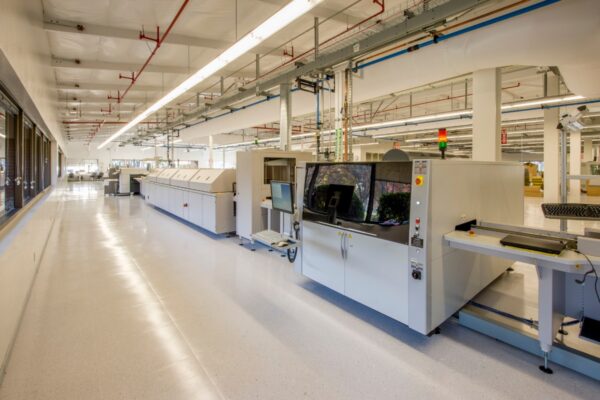What is Dewetting
Dewetting is a phenomenon that occurs when molten solder paste coats a surface and then recedes, leaving irregularly shaped globules of solder separated by areas covered with a thin solder film, with no exposure of the base metal. This condition can occur during the manufacturing process or during repair.
When dewetting happens, the solder on a component part fails to properly bond to the underlying pad. As a result, the connection between the lead of the component and the pad becomes intermittent, leading to potential functional issues or failures. Dewetted joints can be identified by their irregular appearance, which may appear lumpy or uneven.
Several factors contribute to the occurrence of dewetting, including contamination, corrosion, and high temperatures. Contaminants or corrosion on the surface can prevent the solder from adhering properly, while excessive temperatures can cause the solder to recede and form irregular globules.
To prevent dewetting, proper surface preparation is crucial, including cleaning and removing any contaminants from the pad and component leads. Additionally, controlling the soldering temperature, time, and flux application is essential to ensure a good solder joint.





